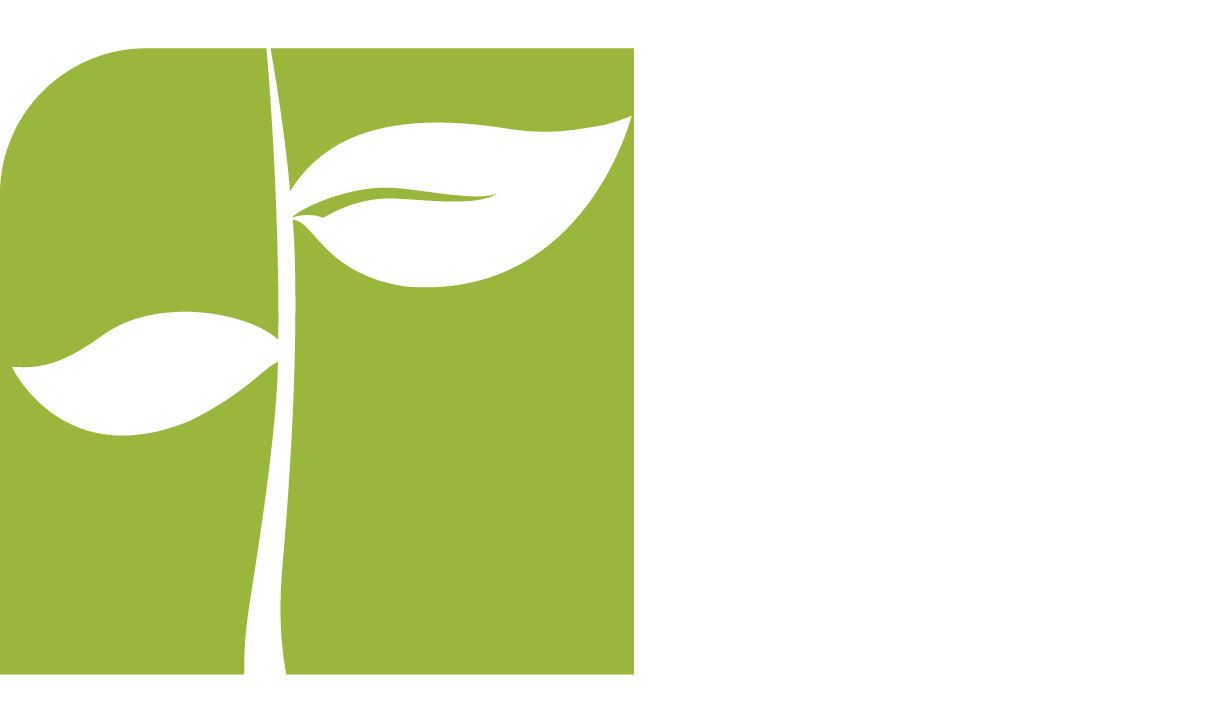Cash flow isn’t just a financial metric – it’s the lifeblood of your business. And in a volatile market, even strong revenue doesn’t guarantee liquidity. That’s why every business owner needs a reliable cash flow forecast: a forward-looking tool that brings visibility, stability, and confidence to your decision-making.
In this guide, we’ll walk through how to build a cash flow forecast that’s both practical and actionable, along with key principles of cash flow analysis that ensure you’re prepared for whatever lies ahead.
Why a Cash Flow Forecast Matters
A cash flow forecast gives you a clear view of your expected inflows and outflows over a defined period – usually weekly, monthly, or quarterly. It’s not about guessing the future. It’s about using known data and predictable trends to anticipate potential shortfalls, plan strategic investments, and avoid surprises.
Where many business owners get stuck is mistaking cash flow analysis for budgeting. But the two serve different purposes. A budget outlines your intentions. A forecast tells you what’s actually likely to happen, based on timing and behavior of cash movement.
Step 1: Set Your Forecast Timeframe
Start by determining how far out you want to look. For most businesses, a 13-week rolling cash flow forecast provides enough visibility to stay agile without overcomplicating the process. If your industry experiences longer sales or billing cycles, monthly or quarterly projections may be more appropriate.
Pro tip: Keep it dynamic. Update your forecast regularly (weekly or biweekly) as real numbers replace assumptions.
Step 2: Map Your Inflows
This includes:
- Customer payments – Based on payment terms, historic behavior, and sales pipeline.
- Recurring revenue – Subscription fees or retainers that hit on predictable intervals.
- Loan proceeds or capital injections – If you’re expecting new funding, be realistic about timing.
- Other income – Tax refunds, grants, or asset sales.
Use your sales pipeline and AR aging reports to make reasonable estimates, not just wishful thinking. This is where accurate cash flow analysis makes the difference between confidence and crisis.
Step 3: List and Time Your Outflows
Next, identify your major categories of cash going out the door:
- Payroll and benefits
- Rent and utilities
- Vendor payments
- Loan or lease obligations
- Tax liabilities
- Capital expenditures
Be honest about timing. Just because a bill is due on the 15th doesn’t mean it always gets paid then. Build your forecast around actual cash movement, not accounting dates.
Step 4: Calculate Net Cash Position with a Cash Flow Forecast
Once inflows and outflows are lined up, subtract the total outflows from inflows each period. This gives you your net cash position – and shows whether you’re heading into a surplus or a deficit.
Pay close attention to your cumulative cash balance. Even one week of negative cash, if unplanned, can trigger a ripple effect that puts payroll, vendor relationships, or credit lines at risk.
Step 5: Use Scenarios to Stress-Test Your Forecast
This is where a true cash flow analysis comes into play. Don’t just build one “expected” scenario. Instead, model:
- Best case (strong collections, low spend)
- Base case (your expected reality)
- Worst case (delayed receivables, higher expenses)
This allows you to build contingencies in advance and avoid panic decisions later.
Step 6: Review, Refine, and Take Action
A cash flow forecast is only useful if you act on it. Use your forecast to:
- Plan vendor payments strategically
- Time large purchases or investments
- Renegotiate payment terms when necessary
- Identify gaps in working capital before they become critical
And always revisit your assumptions. If your receivables shift or your burn rate increases, update your model immediately.
Cash Flow Forecast Analysis Is a Leadership Discipline
Building a forecast isn’t just a finance exercise – it’s a leadership tool. It gives you the clarity to move with intention instead of reacting out of urgency. With reliable cash flow analysis, you can shift from short-term survival mode to long-term growth planning.
At New Life CFO, we specialize in helping business owners go beyond the spreadsheet. Our team builds intelligent cash flow forecasts that drive decisions, reduce stress, and unlock opportunity.
Want expert guidance in building a cash flow forecast that works in the real world? Connect with New Life CFO to get started.


